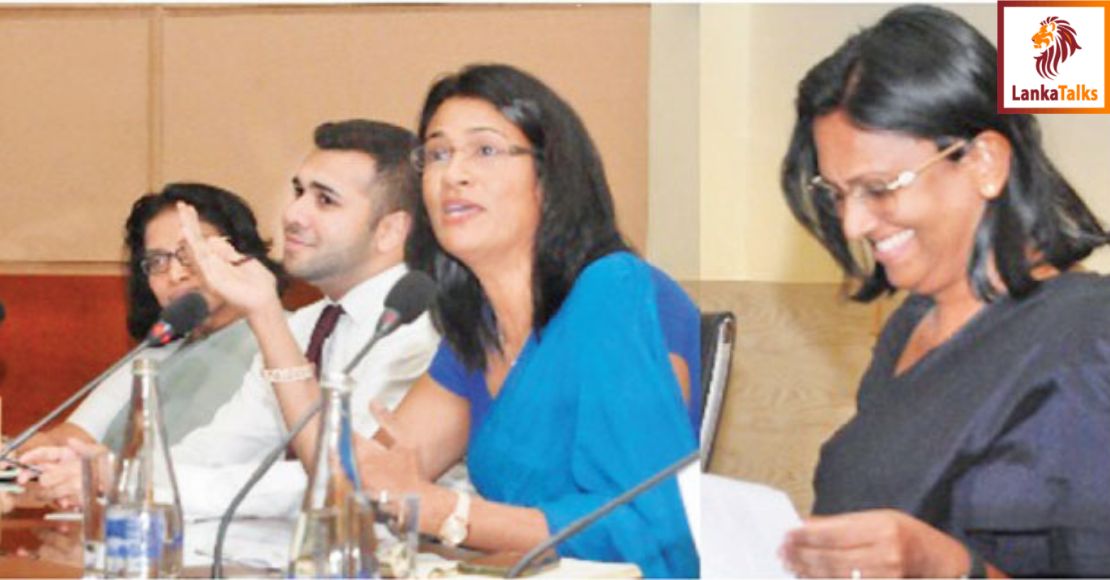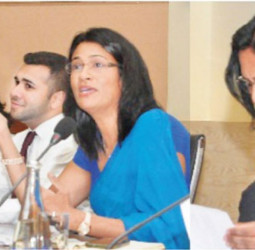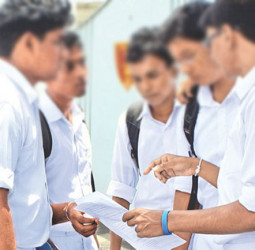Sri Lanka experienced six consecutive quarters of negative economic growth up to the third quarter of 2023 and this downturn has had a direct impact on the labour market, leading to lower wage rates and discouraging workforce participation and skill development.
As a result, productivity levels continue to fall, creating a vicious cycle known as the “low productivity trap”, which hampers further economic recovery says Himani Vithanage a Research at the IPS annual flagship publication launch, ‘Sri Lanka: State of the Economy 2024’, focused on issues within three key aspects of Sri Lanka’s economy: the education sector, labour market, and public sector.
“Between 2018 and 2023, the Labour Force Participation Rate fell from 51.8% to 48.6%, while the employment-to-population ratio dropped from 49.5% to 46.3%, ” said Research Officer at IPS, Suresh Ranasinghe. Some of the main issues within Sri Lanka’s labour market include rising labour market inactivity, declining labour productivity and employment growth, and declining high-skilled employment. The rise in inactivity, particularly among youth, is likely linked to education disruptions.
While all three sectors – agriculture, industry, and services – observed negative average labour productivity from 2018 to 2023, the ICT sector stands out, with the highest output per worker. The discussion underscored the need to invest in technology, infrastructure, and skill development, particularly within the agriculture sector.
“Given the ICT sector’s high productivity, recommendations included offering VAT exemptions and bridging the existing skill gap within the sector through targeted interventions. Only 20% of the total workers held high-skilled jobs in 2023, a decline from 23% in 2018, mainly due to a decrease in the share of Managers, Senior Officials, and Legislators.”
One potential reason for this decline was the emigration of high-skilled workers during the pandemic and economic crisis, as they sought better wages abroad due to declining real wages in Sri Lanka. To retain the remaining high-skilled workers, the importance of providing competitive salaries and benefits was pointed out.
Meanwhile it was highlighted that Sri Lanka’s public sector accounts for 15% of total employment and 35% of formal employment, while it consumes 26% of public expenditure and 5% of GDP.
Notably, public sector employment has increased by about 60% since 2005. However, “Sri Lanka’s government performance is considered ‘poor’ as per the Worldwide Governance Index (WGI), with the government effectiveness being negative 0.65.”
Research Fellow at IPS, Dr Lakmini Fernando, noted how government expenditure has a declining trend (47% decline from 1990 to 2023) while spending on wages remains stable (5%).
Therefore, Dr Fernando recommended introducing a new public management approach, which provides an immediate pay rise while ensuring the right size of the public sector. “Importantly, an effective public sector is essential for improving education planning and enabling strategic interventions in the labour market.”
“The minimum monthly wages of all types of public employee levels are below the expenditure benchmark of Rs. 68, 056,” Dr Fernando pointed out, suggesting that to ensure successful policy implementation, the government needs to create an environment that supports adopting changes. Research Fellow at IPS, Dr. Bilesha Weeraratne, says that a well-educated population can contribute to higher productivity levels and higher economic growth. Director of Research at IPS, Dr Nisha Arunatilake, emphasised that education “is a catalyst for skills, jobs, wages, and overall development,” yet Sri Lanka’s education sector faces several critical challenges.
While 97% of children at the compulsory school age (5-14) are enrolled, “around 25% of the disabled children aged 5-14 are not in education” Dr Arunatilake noted. Education participation drops off significantly beyond the compulsory age (15-19) and among the youth (20-24). “As many as 65.1% of the youth are not in any form of education, with only 7.5% participating in vocational training and 11.4% in university.”
Inconsistent policymaking and implementation are another major obstacle. “There have been eight Ministers of Education over the past eight years, leading to stop-go policy making, resulting in incomplete reforms, disparities in resource allocation, insufficient fund allocation, and issues with the flow of funds, among others.



 Mifra
Mifra




